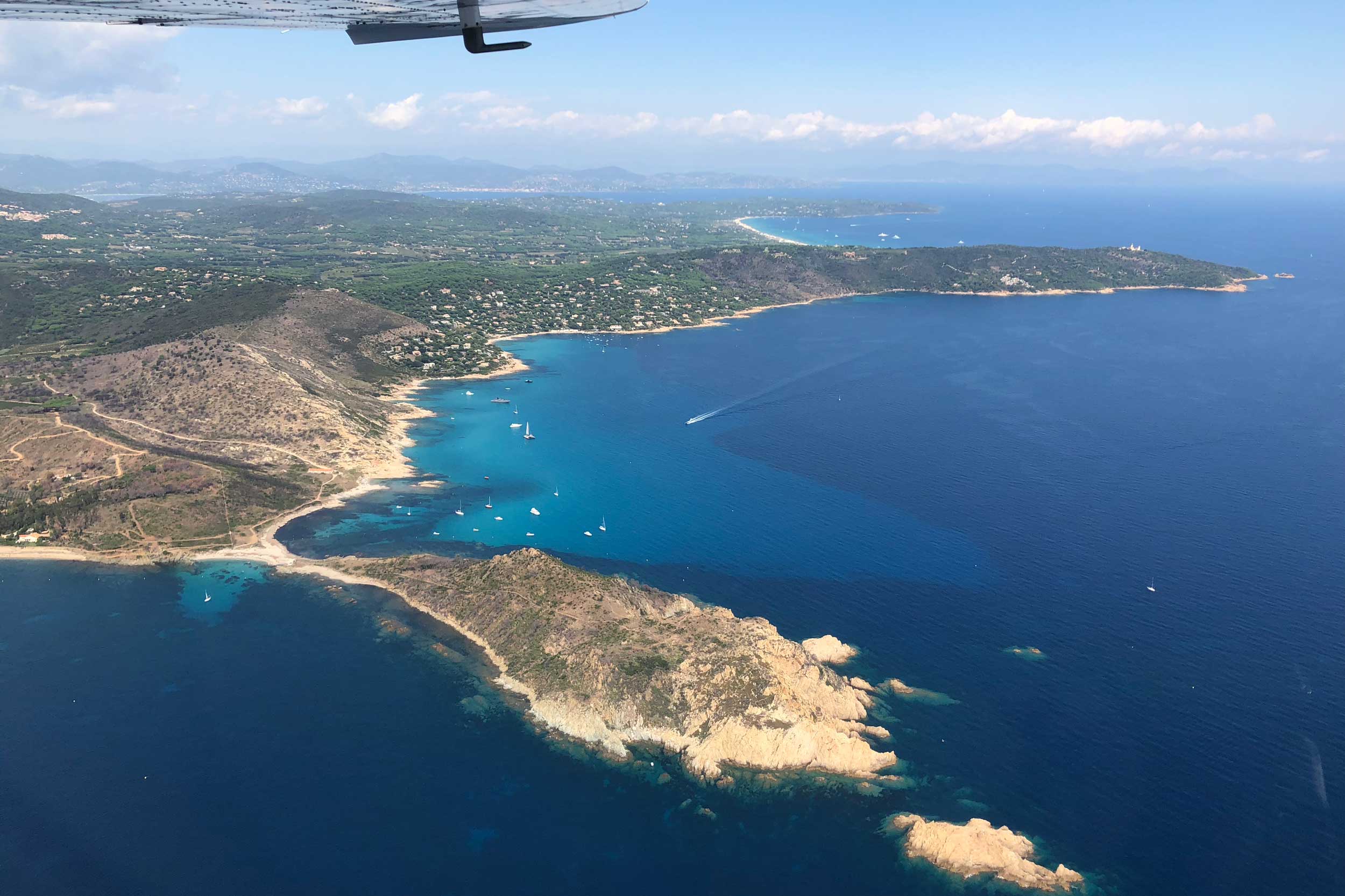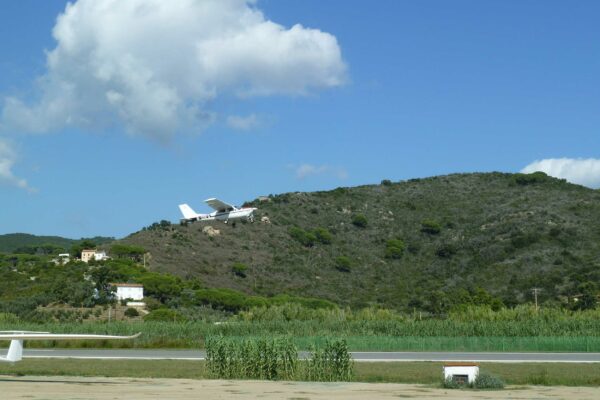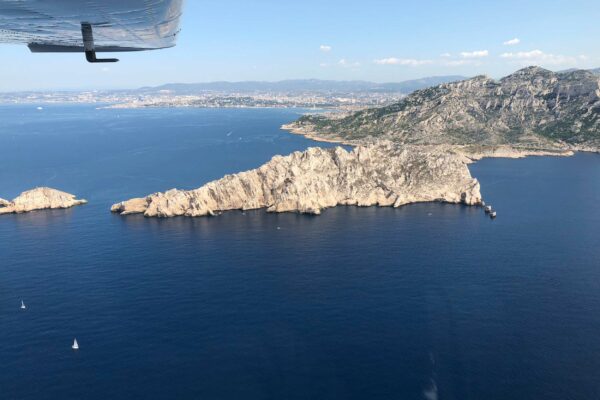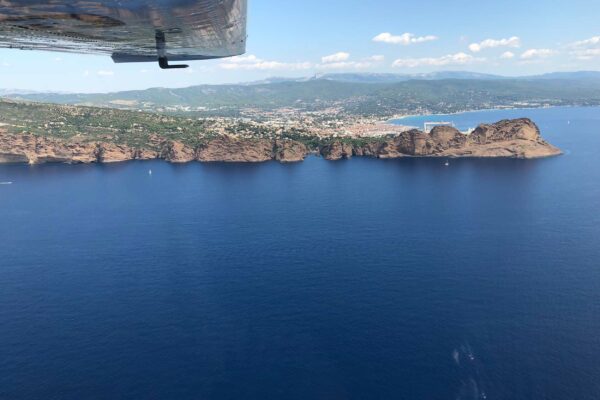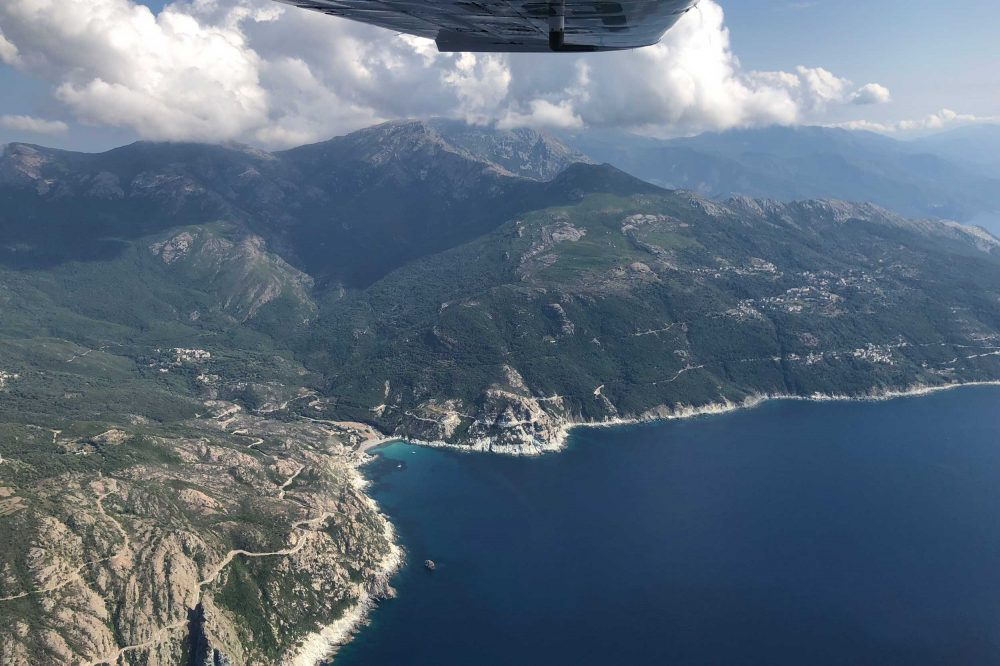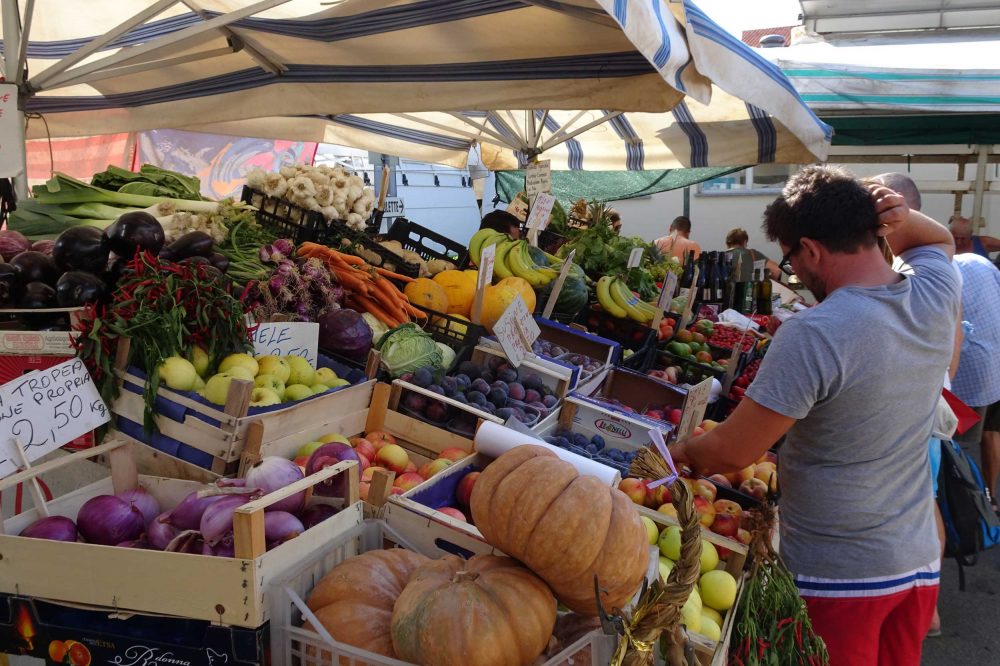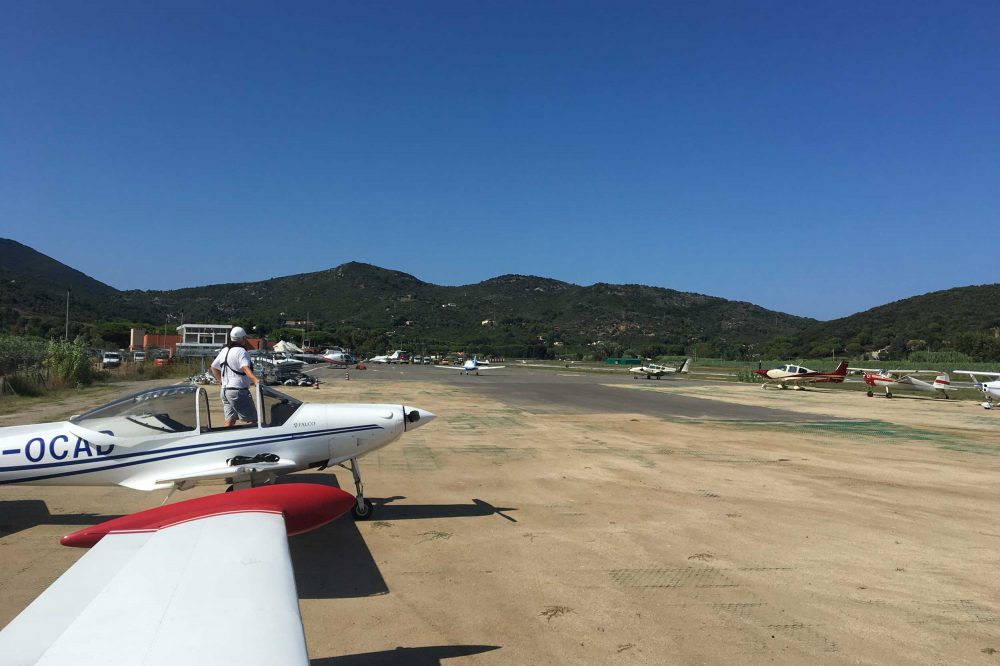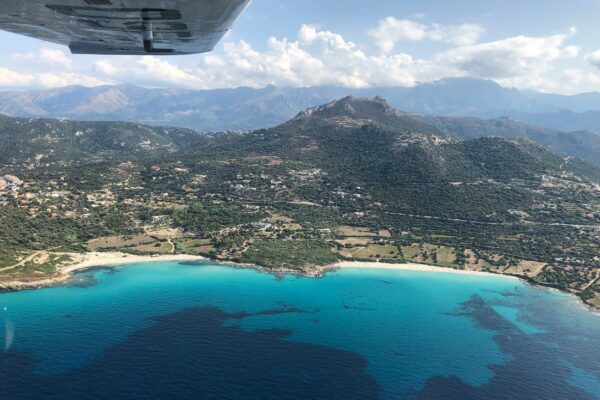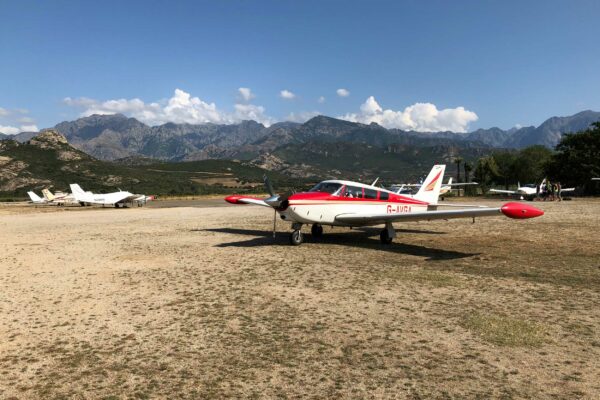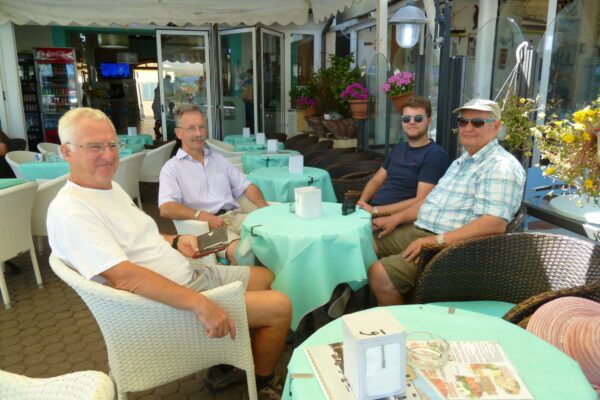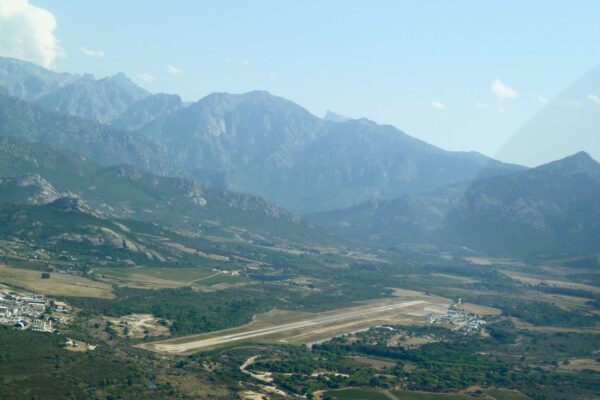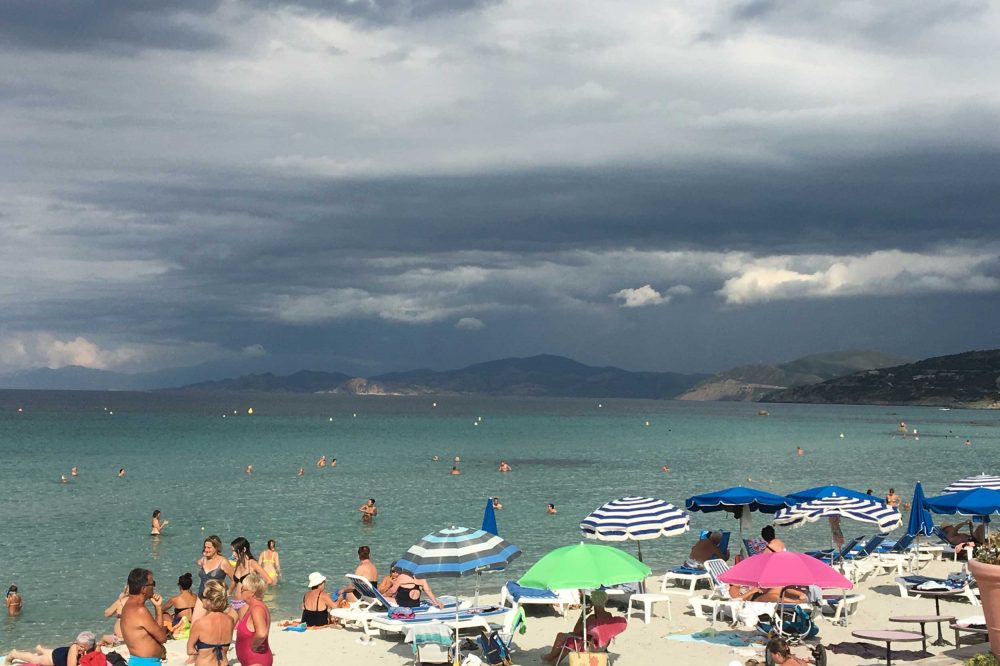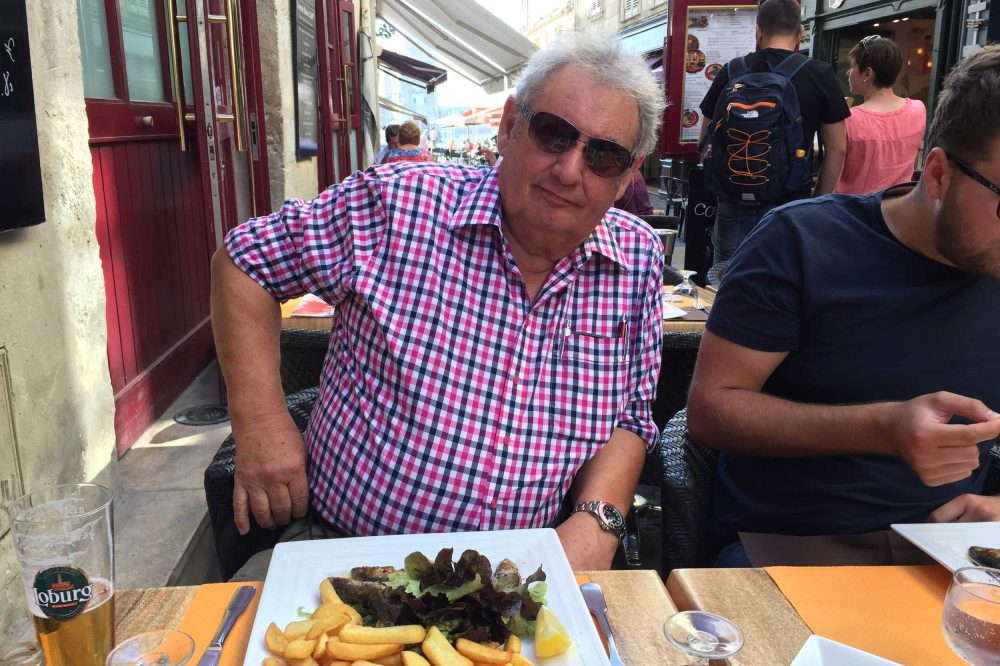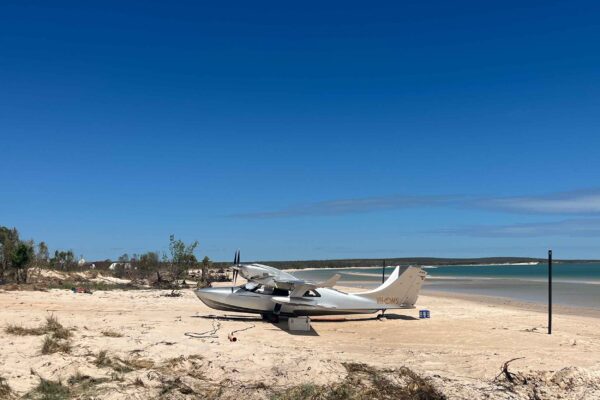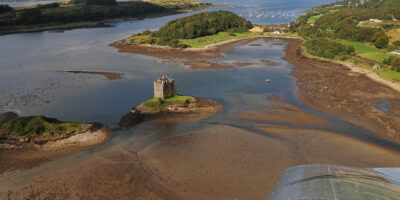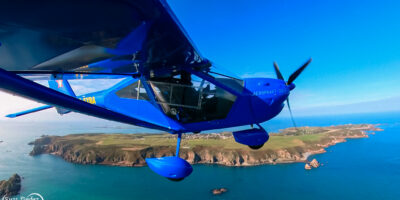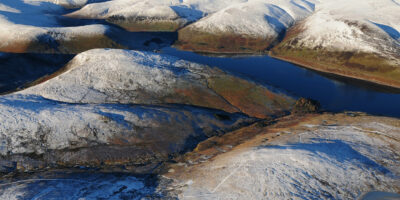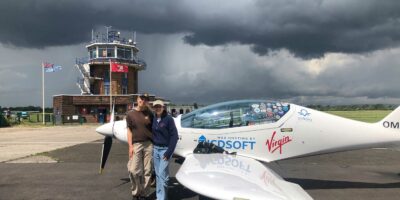It was that time of the year. The holiday that I had booked 12 months in advance where I planned to fly somewhere outside of my comfort zone with a ‘gang’ of Derby-based flyers was upon us.
The ‘gang’ I refer to includes Glynn Wright (aka Captain Fish) – an experienced pilot with more than 1,200 hours, who has flown all over Europe. His nickname comes from a previous profession selling eels all over the world – and often flying them to their destinations in a Cessna Caravan.
His aircraft, notably the first British-registered Cessna 177RG Cardinal in Europe to have a PowerFlow exhaust fitted and certified, was to be my chariot for this planned trip.
With GAMI injectors, an S-Tec autopilot and a selection of Garmin instruments, G-OSFS is a pleasure to fly. Also joining us from Derby was Gordon Moir. He is also an experienced pilot and recently qualified instructor who took his 260hp Piper Comanche G-AVGA solo to Oshkosh and back in 2017.
Our trip started with a routine customs stop at Cherbourg, with Glynn at the controls. A visit to the restaurant for a croque monsieur and a cup of tea went down a treat. We then continued to Quiberon for an overnight stop, which involved me landing the Cardinal, which had a blocked pitot tube.
I can assure you that this made for an interesting approach without an airspeed indicator. However, after the three of us finished poking around the pitot tube and pulling out the dashboard, it turned out to be a blocked vent hole which was easily resolved – a bit of locking wire from the toolbox in the back of the aircraft soon dislodged the blockage. By the time that was finished and the partially stripped dash was put back together, there was just time for a beer in Quiberon’s clubhouse before closing time.
The FISO kindly offered us a lift into town, which meant we didn’t have to struggle to find a taxi, which on a Sunday evening in France can be difficult.
Glass cockpit
The following day we continued down to Lezignan-Corbieres. This is a familiar airfield for us, and we teamed up with our fellow (ex-pat) flyer David Vale.
He is a retired businessman who emigrated to France and (somehow) ended up living close to an airfield where he hangars a Sequoia Falco G-OCAD – a 150kt/25lph aircraft with a self-installed glass cockpit. His partner Sheila also joined us.
After topping up with avgas and the food and wine essentials, we were more than prepared to depart the following day to Marina di Campo on the Isle of Elba.
France’s VFR flying on the south coast can be overwhelming looking at the maps, with all sorts of zones involved – danger, restricted, prohibited, bird sanctuaries… you name it, it was there.


